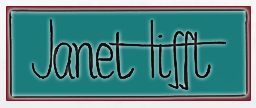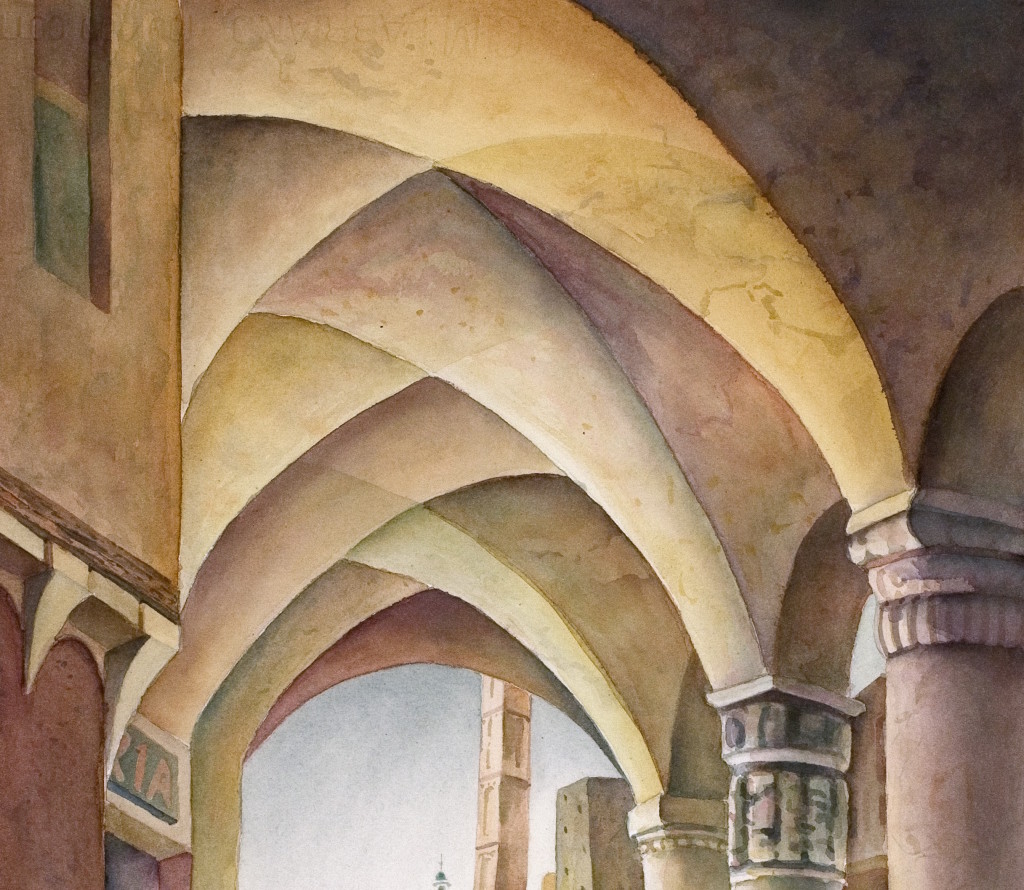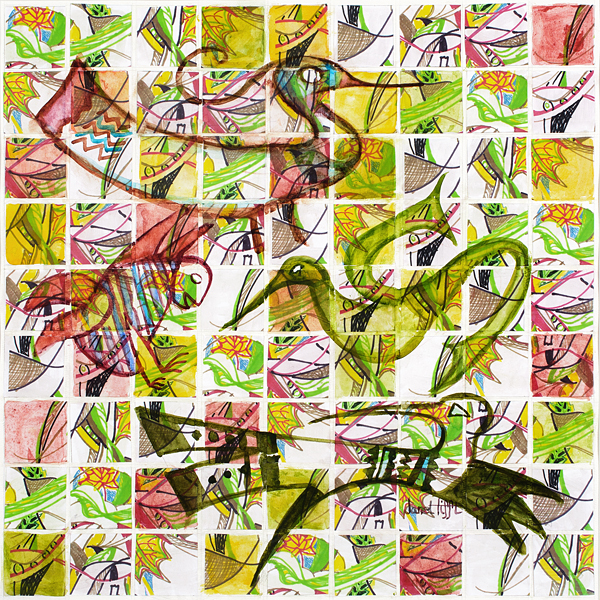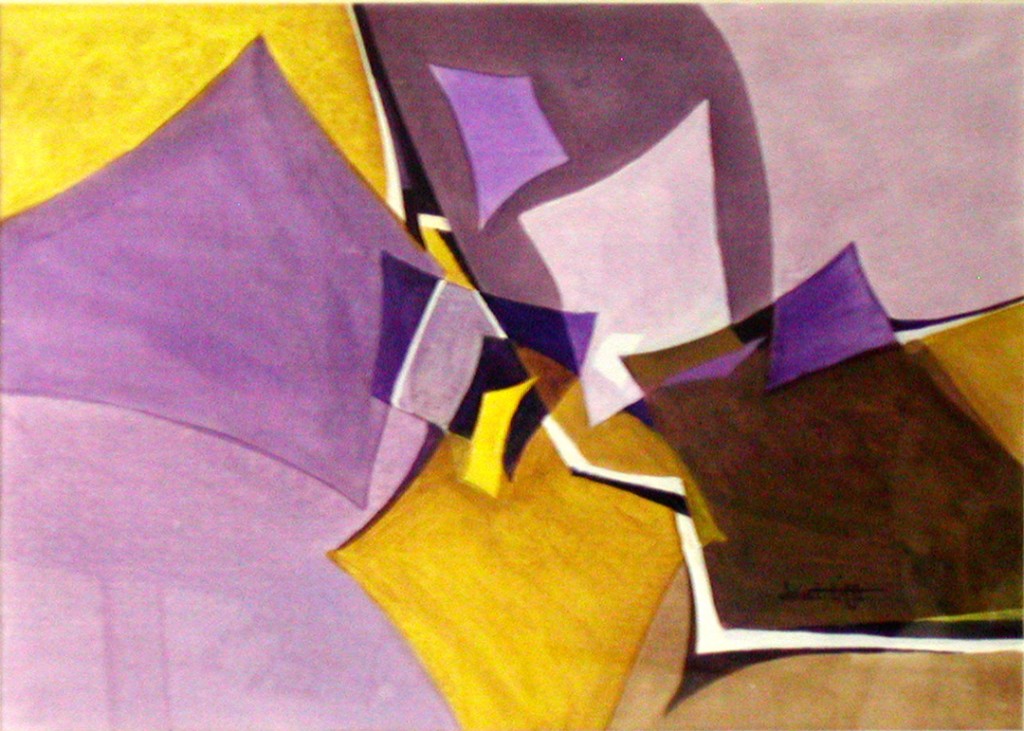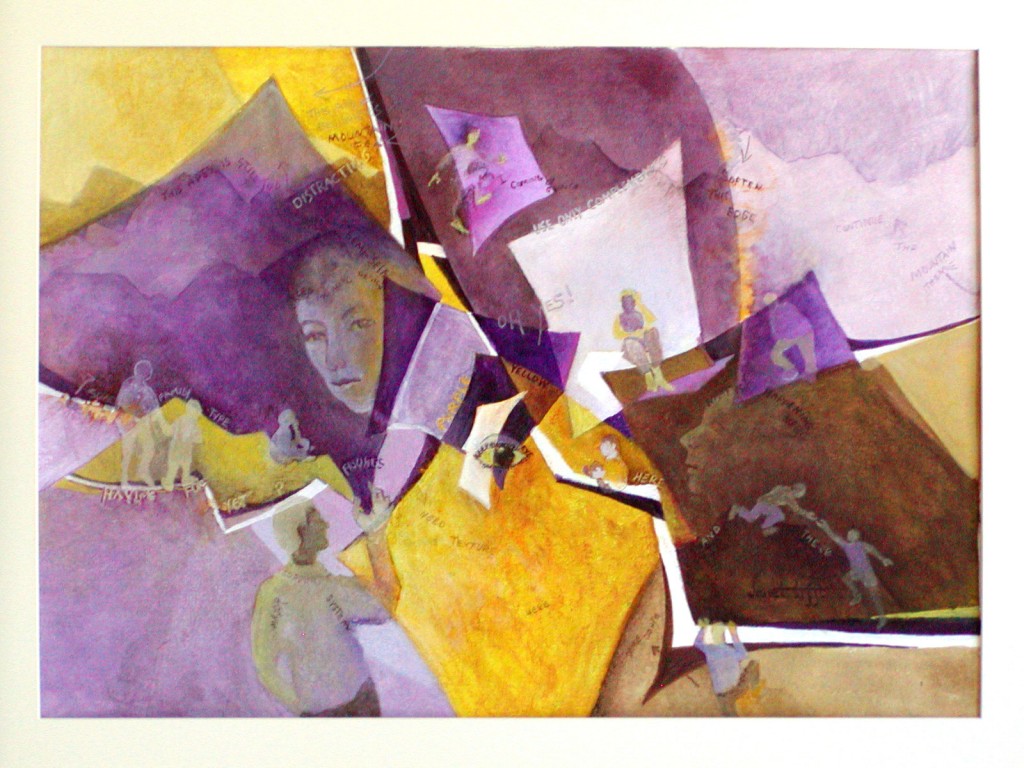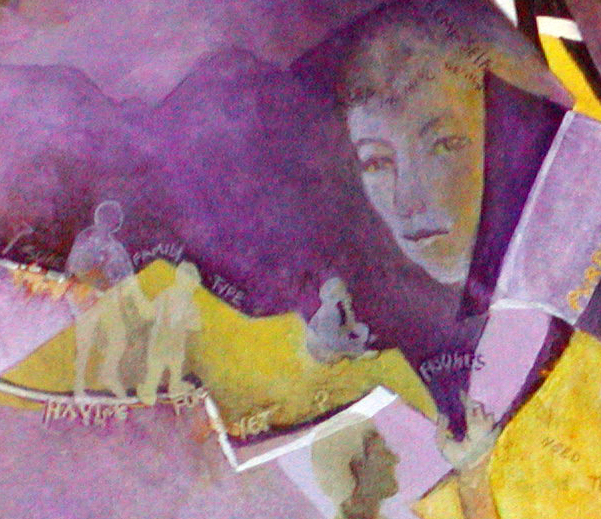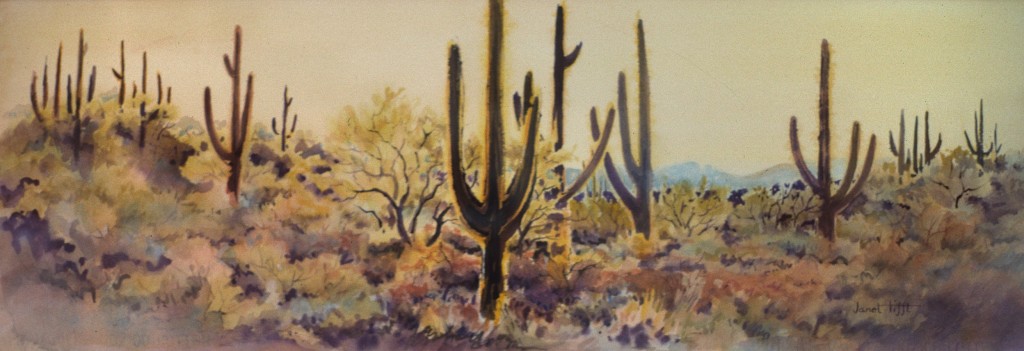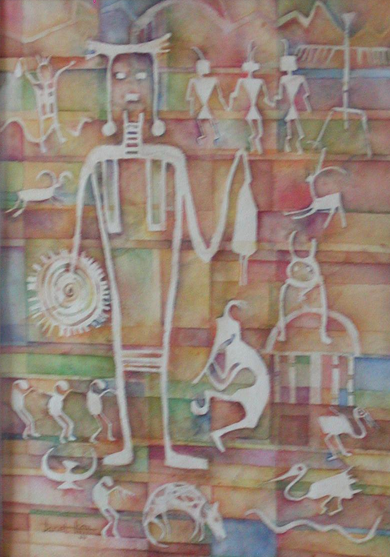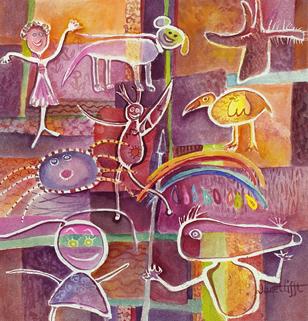Lessons
Not Entirely Successful
In any body of work, the artist will inevitably like some works better than others. Or, consider some more successful.
Visit the new page Not Entirely Successful for more insight into this conversation.
Not Entirely SuccessfulAn Exercise in Graded Washes
Graded washes go from dark to light gradually without showing edges. This process requires skillful use of “wet-in-wet”
See more Architecture
Sketchbook Excerpts
Janet has been reviewing and plucking from old sketchbooks,
Sketchbook Excerpts is the hub linking to other new pages each with a theme and from different years.
Click the buttons below for respective Sketchbook Excerpt pages:
Doodles (2012) Sketching on the Fly (1991-1993)
Sketching West Virginia (mid 1980s)
Trees! Doesn’t Everybody love trees? (1990-1991)
Sudoku Doodle
The artistic intent behind this painting was to solve a puzzle, Sudoku. Every sewer and/or quilter knows a NINE-PATCH. A Sudoku is 9×9 patch. Instead of using numbers, I painted a square using line, color, and pattern. This nonobjective image was reproduced 8 more times, and divided into a 9 patch, then pasted all together on a Sudoku grid using an established solution. Superimposed on top of the grid were some bird like shapes inspired by petroglyphs to create more visual interest. I’m not good at working with numbers but solving this puzzle was fun!
Ten to the Negative Forty Third (Planck Time 10^-43rd)
 This painting can be considered non-objective rather than abstract. These two terms describe the intent behind the composition. A nonobjective painting uses color, shape, line without any reference to subject matter or recognizable images. An abstract painting can distort and exaggerate color, line, shape but usually there is some form of recognizable subject matter. Titles are always subjective, this title refers to my concept of the moments following what is known as the “big bang” in cosmology, when matter became visible. The progression of warm to very cool colors in the composition suggests temperature change and evolving matter. The many fractured shapes with radial directionality suggest chaos and a restructuring of material. In nonobjective and abstract paintings anything goes, there is a freedom implicit because there is no one right answer or way of depicting a concept.
This painting can be considered non-objective rather than abstract. These two terms describe the intent behind the composition. A nonobjective painting uses color, shape, line without any reference to subject matter or recognizable images. An abstract painting can distort and exaggerate color, line, shape but usually there is some form of recognizable subject matter. Titles are always subjective, this title refers to my concept of the moments following what is known as the “big bang” in cosmology, when matter became visible. The progression of warm to very cool colors in the composition suggests temperature change and evolving matter. The many fractured shapes with radial directionality suggest chaos and a restructuring of material. In nonobjective and abstract paintings anything goes, there is a freedom implicit because there is no one right answer or way of depicting a concept.
Personal Peaks
The original composition was an exercise using only complimentary colors plus black and white (not color) and one shape repeated, varying only in size and orientation. Purple and yellow are compliments with the greatest range in value, thereby allowing an almost infinite possibility of combinations. Whereas, for example, red and green are very close in value and have nearly identical gray scales.
The second iteration is the recycling of the above abstract painting using representational elements and words.
Sneaky Self Portrait
The female peaking out behind the purple shape is myself. A wife/mother with a husband and 6 children, not much time for art! The words are an attempt at whimsy
Loons & Moons
“Is this an abstract?”
Summer Sky
Summer Sky in Pastel on Illustration Board
The subject matter of this painting is the sky. The long narrow format emphasizes the sky. The foreground is kept in the bottom fourth of the painting.
Standard procedure for pastel paintings is to start on a mid-value background, put in your darkest darks, then your lightest lights which gives all three values.
This painting was done on an illustration board called Midnight Blue which provides the darkest darks of the painting, and sets a dramatic mood.
Compositionally speaking, the long narrow format and the Midnight Blue background do most of the “work.” The clouds themselves and the foreground flora set the “place.” The diagonal of the clouds takes one’s eye from the upper left toward the horizon, which then picks up the foreground. Notice on the horizon line is the very lightest light of the painting silhouetting the mountains and giving depth. The tallest saguaro on the left leads the eye back up to the sky, creating a circular motion that allows the viewer to take in the whole painting.
Doing clouds in any medium can be fun because they can take any number of shapes, forms, or directions and still look legitimate.
Painting Depiciting Desert Backlight
Depicting desert backlight
This is a transparent watercolor painting on cold press wc paper. The color scheme is warm. Notice the sky is yellow not blue because the sun is low down and filling the horizon. The veriticals of the saguaro are dark silhouettes against a bright yellow sky with a golden glow along the edges. The mountains of the background are light blue because the atmosphere washes out the intensity of the color.
To begin, an underpainting is done, bright colors wet-in-wet (with no hard edges) which is allowed to dry. Then gradually one layers the images of the mountains, bushes, foreground elements (wash on dry), then finally the dark vertical shillouettes crossing the skyline.
In terms of composition, the format is a long-narrow horizontal to give a panoramic effect. The distant mountains stop the action at the horizon line. The midground and foreground are filled with desert palo verde, mesquite, and low grasses. The saguaros become the center of interest with the large ones in foreground and smaller ones receding into the distance.
Petroglyphs: Masking Lesson
A (rock art) painting owned by my niece.
Given that this is a transparent watercolor, the white images of the petroglyphs have to be planned for in advance because the white of the paper has to be saved. This can be done one of two ways, using a mask/masking fluid or painting around the whites.
In this painting the petroglyph images were masked out first. Once the masking has thoroughly dried then the underpainting washes of color are laid on top of the masking (which is nearly invisible at this point). Once that paint has dried, one rubs off the maskit and the images appear again on top of the soft blended colors of the background.
Another example of the use of maskit. The design assignment was “RED” as subject matter.
